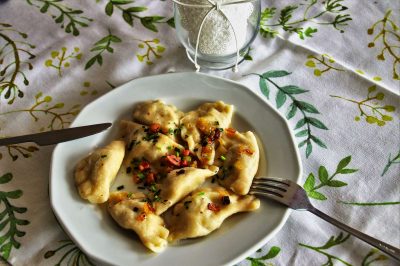Jewish cuisine is probably one of the most colorful in the world. For over 2000 years it has been influenced by many cuisines of the countries in which Jews once lived and still live. Jews have often adopted local dishes and adapted them using Jewish dietary laws. The result is a colorful mixture of the most diverse dishes of the world and which are also considered Jewish today. Therefore, we want to present the best Jewish dishes to you here.
Kashrut – The Jewish dietary laws
The food is also influenced by the Jewish dietary laws, kashrut, which are derived from the Bible and Talmud. For example, Jews are not allowed to consume meat and dairy products together, because it says that you should not cook the little goat in its mother’s milk. So there can be no such thing as a Jewish cheeseburger. Fish and meat are also not to be eaten together, because eating them at the same time is said to be detrimental to health, according to the interpretation of the laws. Jews also eat only cloven-hoofed mammals, which must also be ruminants. Therefore, Jews do not eat pigs, which are also considered unclean, nor do they eat rabbits.
Animals must be properly slaughtered
Also, a slaughterer, usually certified by a rabbi today, must have properly slaughtered the animal by cutting its nerves, trachea, esophagus and jugular vein. The animal must not be sedated, as it bleeds out better that way. Also, all blood must be removed from the meat before consumption, as this is also considered unclean.
Only certain fish allowed
Also, Jews are only allowed to eat certain types of fish. Kosher fish must have scales. Carp, salmon, tuna and pike, for example, are therefore edible for Jews. Fish without scales, such as turbot or eel, on the other hand, are not kosher. Sturgeon are not either, which is why Jews are not supposed to eat caviar. Additionally, no seafood is kosher either. Pizza Frutti di Mare should therefore not be served to Jewish guests.
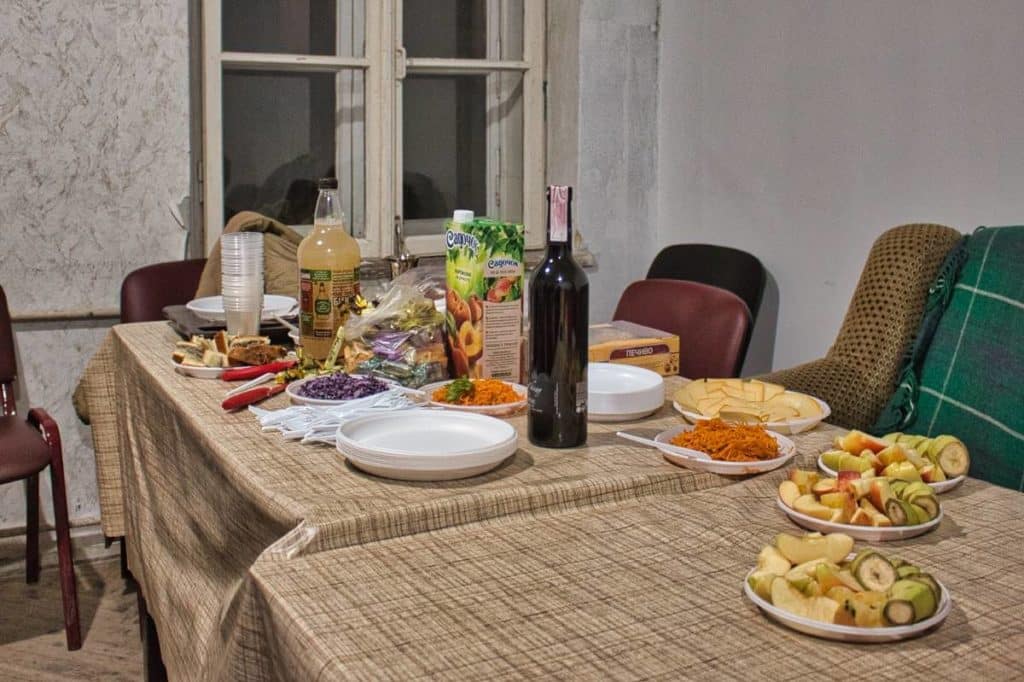
Ashkenazic cuisine – The cuisine of Eastern European Jews
Ashkenazi cuisine comes from Ashkenazi Jews. Ashkenazi is the Hebrew word for German. This is the name given to Jews, many of whom first lived in German lands and came to Eastern Europe from the 14th century onwards, partly as a result of expulsions. In all these countries, the Jews also adapted local dishes into their own culture. Thus, Ashkenazi cuisine includes quite a few dishes that originated in Ukrainian or Polish cuisine. Austrian dishes, such as schnitzel or strudel, have also survived in Ashkenazi food traditions to this day.
The cuisine is usually quite simple and is based on what ingredients were cheap for Jews to purchase in the past. Also, the Jews of Eastern Europe were often forbidden to grow grain, which is also reflected in the cuisine. Due to further development in the Diaspora and preparation by poorer Jews, the dishes are often less spicy than those from Sephardic cuisine.
Gefilte Fish
Gefilte fish (see cover photo) is actually an appetizer, but is sometimes eaten as a main course. Gefilte fish is considered the epitome of Ashkenazi Jewish cuisine and is served primarily on holidays and Shabbat. The fish is minced and then pressed into slices or made into dumplings. A kosher fish, usually carp or even pike, is used for the preparation. The minced fish is mixed with matzo meal and, depending on tradition, either sugar or salt and pepper is added to the fish skin and then cooked in fish broth. Filleted fish is served cold.
The gefilte fish line
By the way, there is a bitter dispute among Eastern European Jews about the method of preparation of gefilte fish. Thus, traditionally there was even a kind of border. Northeast of the Gefilte fish line the fish was prepared with salt, southwest with sugar. It is also considered an important distinguishing feature of the Litvaks (northern, Lithuanian Jews) from the Galicians (southern, Polish or Ukrainian Jews). These conflicts have often survived into the American diaspora of Ashkenazi Jews.
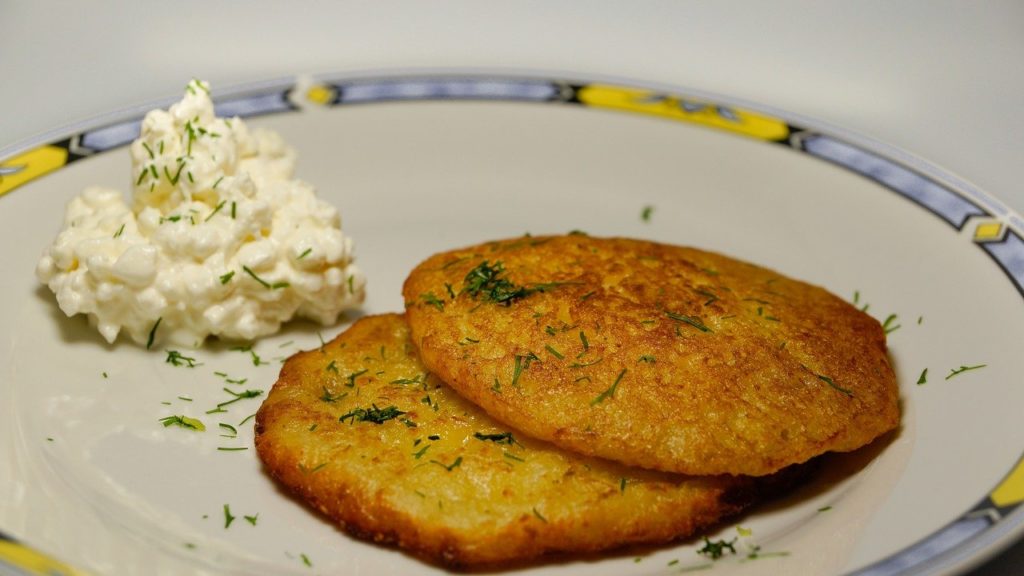
Latkes
Latkes are small potato pancakes. They are often served as side dishes in Jewish cuisine. Latkes clearly originate from Ashkenazi cuisine, because they are also common in other cuisines of Eastern Europe, such as Ukrainian or Polish cuisine. Latkes are especially popular on Channukkah because they are fried in oil.
Matzo ball soup
Matzo dumplings are one of the best-known dishes of Ashkenazi Jews, but they are also quite popular among non-Jews. Matzo dumplings refers to the fact that the dumplings are made from crushed matzos. Matzos are the unleavened bread that is served especially on Passover. Especially on the holidays, matzo flour replaces regular flour in many dishes. Matzo dumplings are prepared from the flour, eggs and fat. These are then cooked in a meat broth. That’s how matzo ball soup is made.
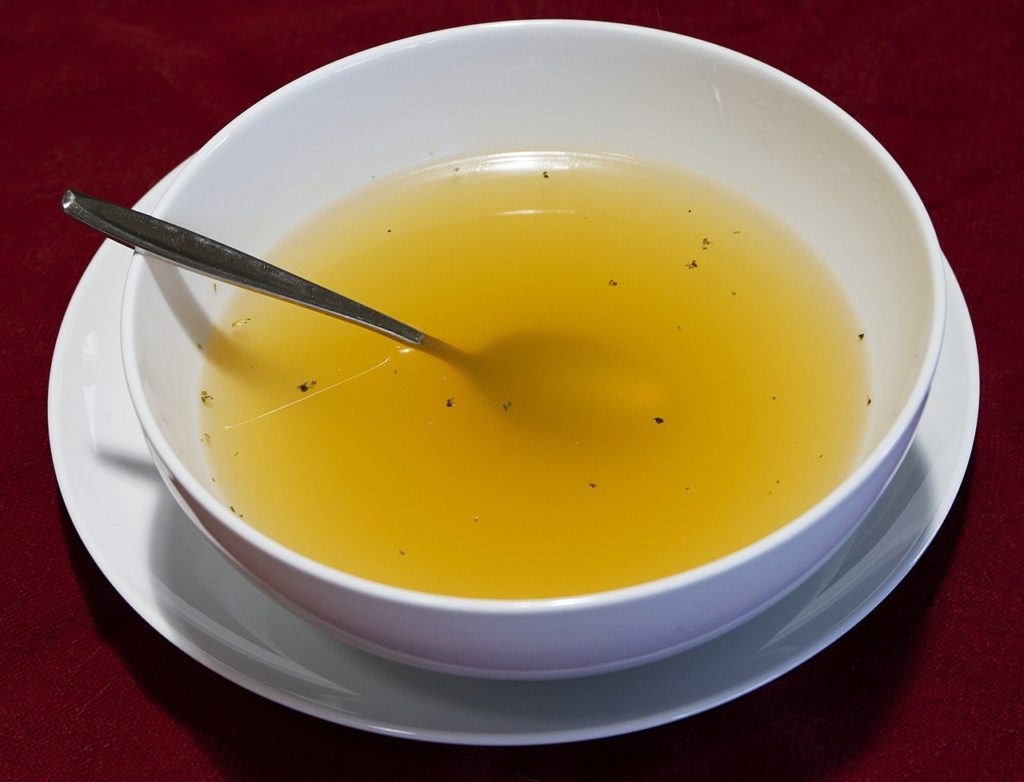
Chicken soup
Even though chicken soup is almost global, it is also a Jewish dish. In the USA, it is even called Jewish Penicillin. In Ashkenazi Jewish culture, it is also called golden yoich, golden broth. Lokschen (egg noodles), matzo balls or dumplings (kreplach, similar to pierogi) are often added to the noodle soup. Parsley, dill or thyme are also often added.
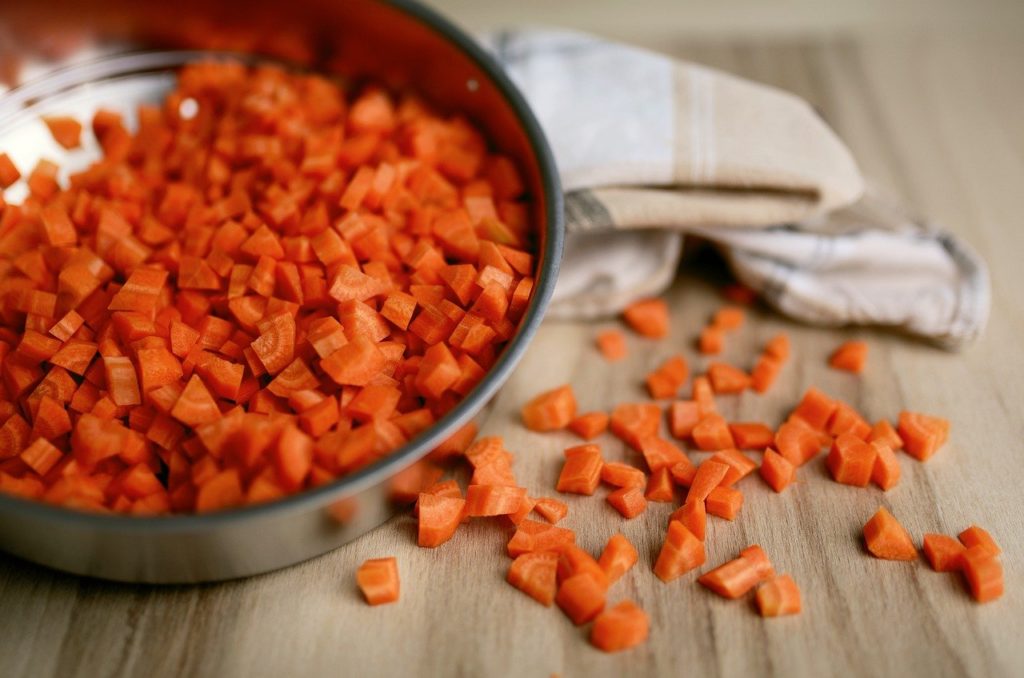
Tsimmes
Tsimmes are also a dish, which is eaten especially on a holiday, in this case the Jewish New Year Rosh Ha-Shanah. For this purpose, carrots are cut into cubes and cooked, then sprinkled with honey and spices. This sometimes even makes a main course or is served in combination with beef, for example.
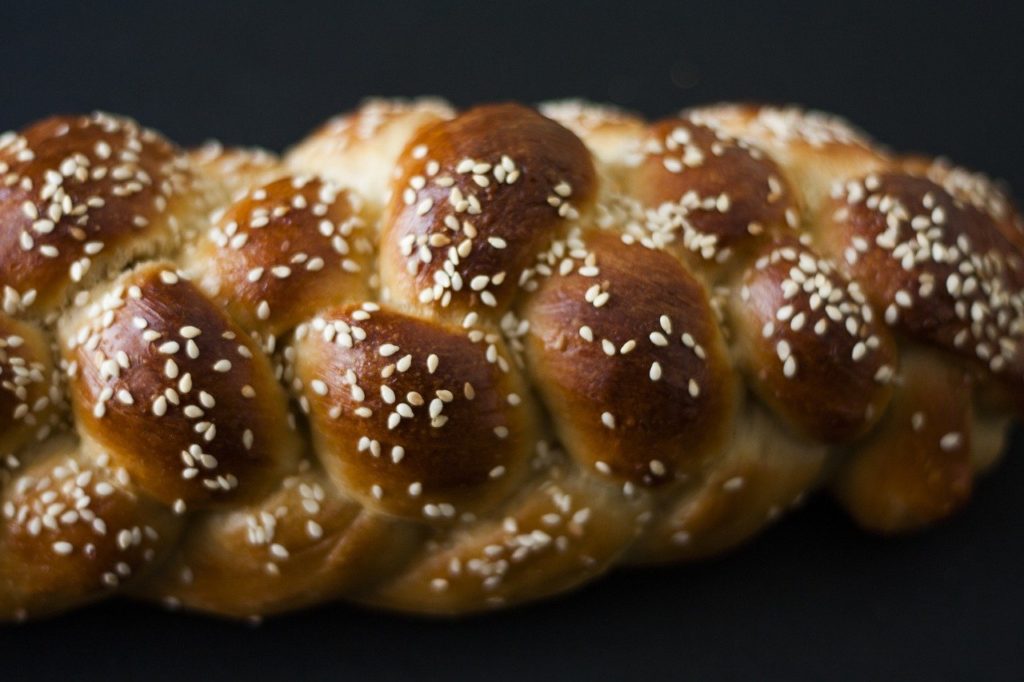
Challah
A challah is a yeast bread served mainly on the evening of Shabbat and then also broken among the members of the Friday night dinner. While the blessing is said over the wine, two challot are usually covered. The meal then begins with a piece of challah. In the Bible, it is described as an offering at the Temple in Jerusalem.
Hamantaschen
As one of the most popular pastries, hamantaschen are an absolute must on Purim. They are usually filled with poppy seeds, fruits, chocolate, caramel or creams of any kind. The triangular pastries are usually made with from strudel dough. They are probably named after Haman, who in the Book of Esther tried to have all the Jews murdered in one day. Since the Jews survived, this feast is started today and Haman pockets are eaten.
Sephardic cuisine – dishes of mediterranean Jews
In addition to Ashkenazi Jews, who are generally considered the Jews of Eastern Europe, there are also Sephardic Jews, who are generally assigned to the Jewish Diaspora in the Mediterranean region. Their food differs primarily in different ingredients but also in differences in religious interpretation. However, despite their actual geographical distance, there were quite a few Sephardic Jews in Eastern Europe as well. In the Balkans, of course, many more. In Sephardic cuisine, stuffed vegetables and salads occupy a high place. There are also many dried fruits in the dishes, such as apricots or raisins.
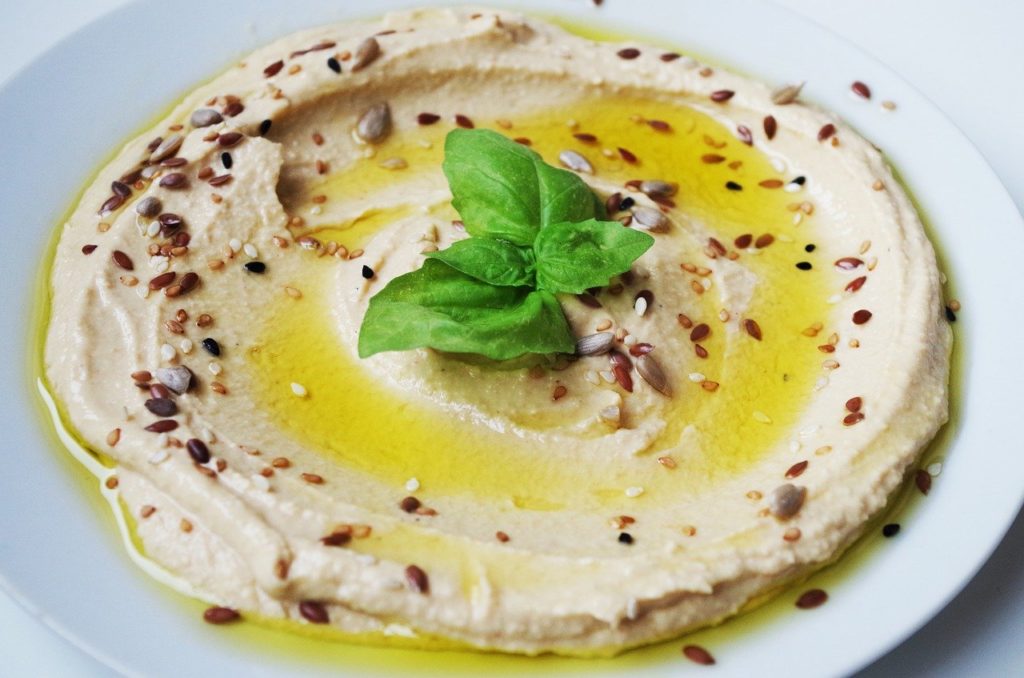
Hummus
Chickpeas are a popular ingredient in Jewish Sephardic cuisine. And in the case of hummus, it is virtually made up largely of chickpeas along with sesame paste, olive oil, salt, spices and a dash of lemon juice. The chickpeas are first soaked and ground into a paste. In Jewish cooking, hummus is prepared to comply with kashrut, Jewish dietary laws. Thus, hummus can usually be consumed with milk as well as with meat products.
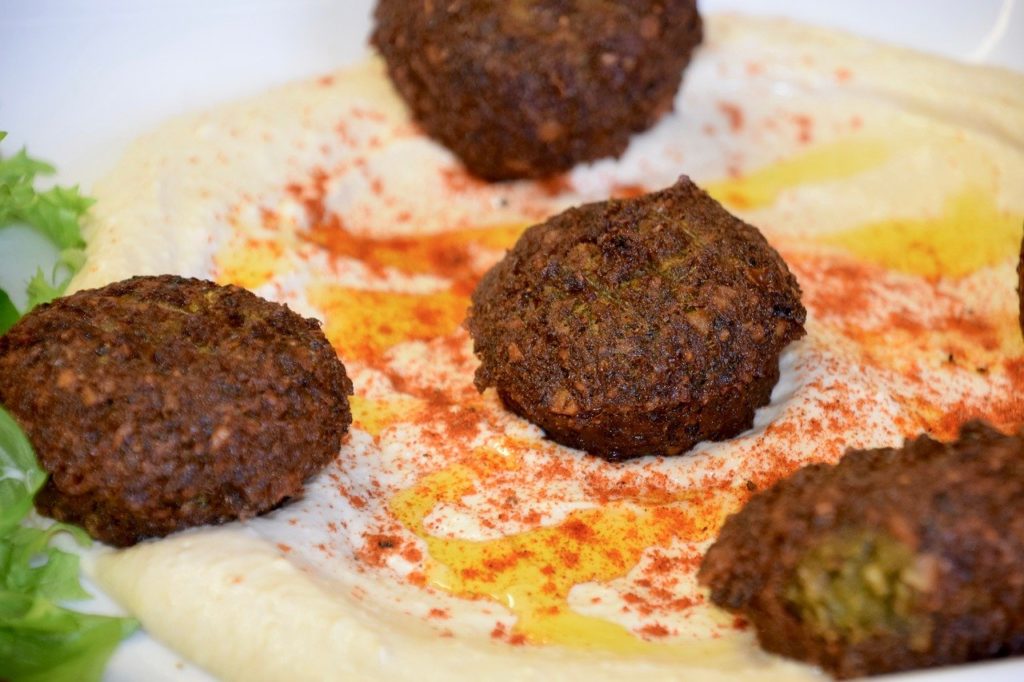
Falafel
Many people know falafel from Arabic cuisine, but especially for Sephardic Jews and nowadays especially in Israel, falafel are one of the most important dishes of Jewish cuisine. The dumplings are prepared from chickpeas or beans, which are made into a porridge. Spices and herbs are added. Also in Israel it is often served in a bread.
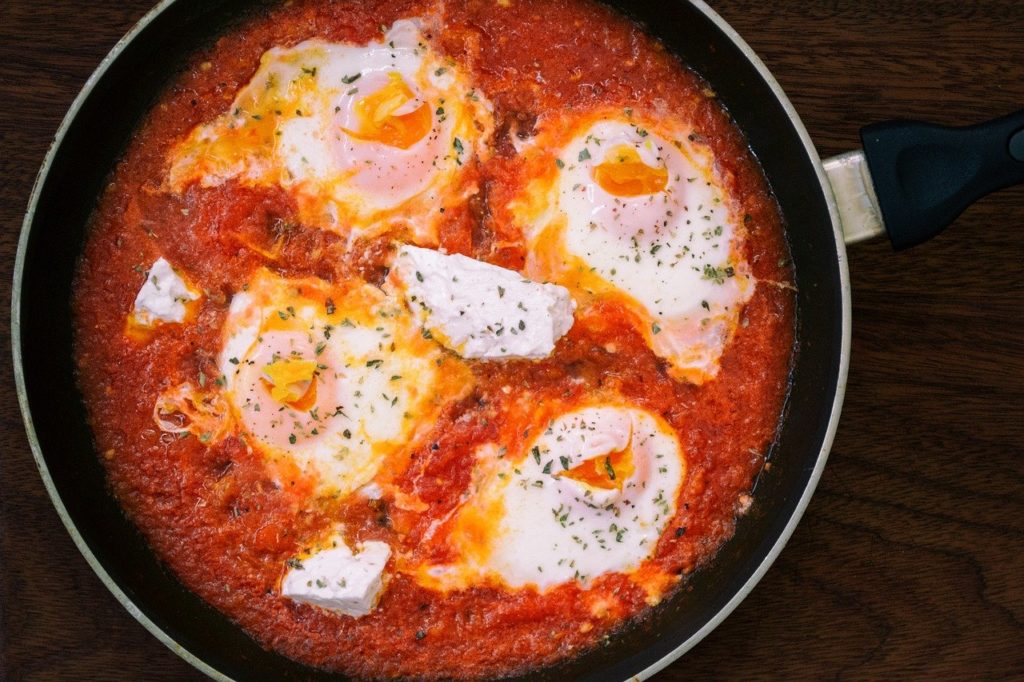
Shakshuka
Shakshuka is an egg-based dish. It usually involves poaching two eggs in a sauce of tomatoes, chili peppers and onions. The dish probably caught on among Sephardic Jews in the North African region and spread thereafter. Shakshuka is often eaten for breakfast and usually with pita bread. In Israel, it is often served directly in hot small pans.
Book tips Jewish cuisine
Already culturally it is particularly interesting to deal with Jewish cuisine. Therefore, there are also some quite interesting cookbooks for Jewish cuisine. We present you the best books.
The Complete Guide to Traditional Jewish Cooking is a treasure trove of international Jewish cuisine, with hundreds of recipes, and a journey through the history of Jewish cooking.
No products found.
We face with our article the same problem as the author of this book. What are the best Jewish dishes? Well, we can only give suggestions. But we think that “100 Most Jewish Foods, The: A Highly Debatable List” takes a pretty good shot at defining the 100 best Jewish dishes.
No products found.
The Gefilte Manifesto promises to give you “New Recipes for Old World Jewish Foods”. And oh boy, there is quite a collection from Ashkenazi foods to their Western adaptations.
No products found.
Modern Kosher takes a different approach and introduces some new Jewish dishes and how they have involved. Interesting culinary read!
No products found.


